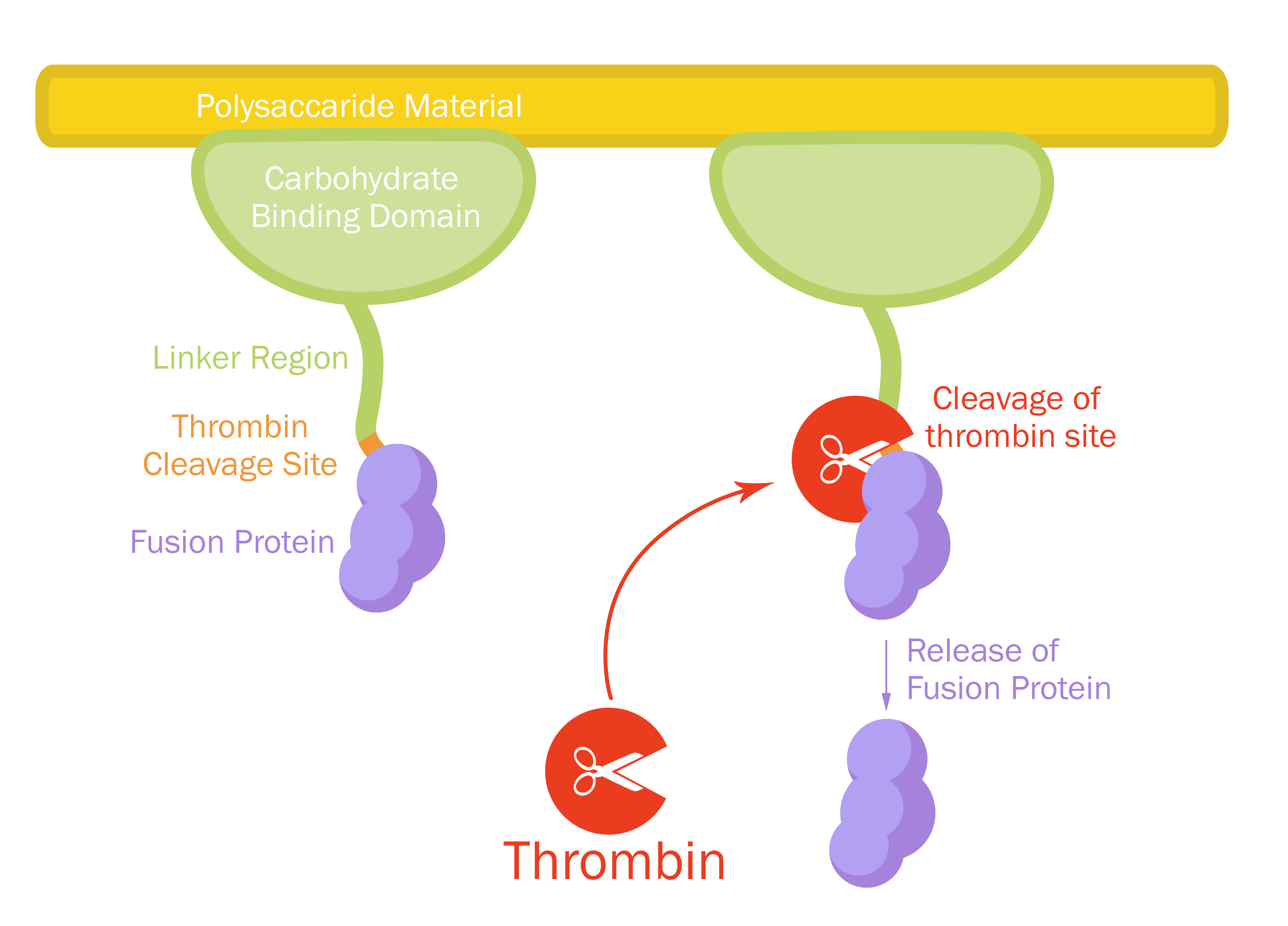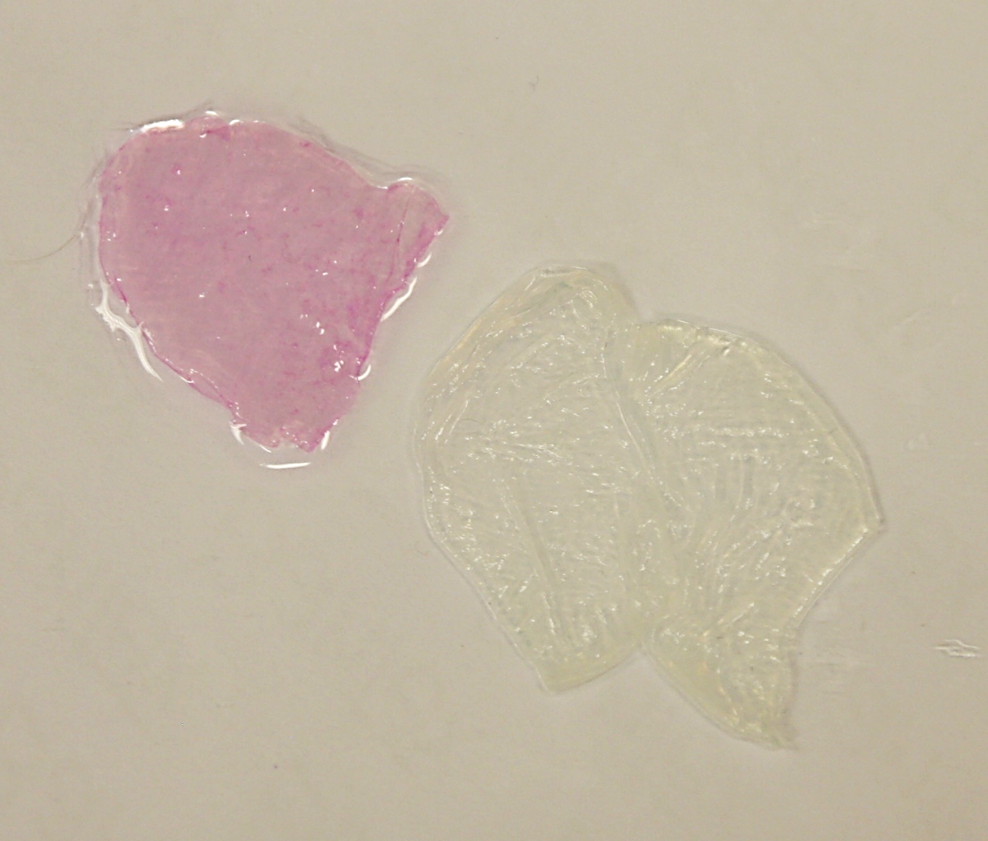Difference between revisions of "Part:BBa K3182000"
| Line 35: | Line 35: | ||
[[File:T--Linkoping_Sweden--aspinkodling1.png|390px|thumb|left|<b>Figure 2.</b> Lysated (via sonication) BL21s which are expressing the biobrick. It is lysate from the culture above in figure 1. Incubated for 16 hours at 16°C at 80 rpm in 1 litre of LB-miller.]] | [[File:T--Linkoping_Sweden--aspinkodling1.png|390px|thumb|left|<b>Figure 2.</b> Lysated (via sonication) BL21s which are expressing the biobrick. It is lysate from the culture above in figure 1. Incubated for 16 hours at 16°C at 80 rpm in 1 litre of LB-miller.]] | ||
| − | [[File:T--Linkoping_Sweden--aspinkpellet.png| | + | [[File:T--Linkoping_Sweden--aspinkpellet.png|370px|thumb|right|<b>Figure 3.</b> Centrifuged lysate of BL21 culture which express the biobrick. It is the same culture as figure 1 and 2. A pellet of non-lysated bacteria can be observed.]] |
[[File:T--Linkoping_Sweden--pinkpbandage.jpg|390px|thumb|left|<b>Figure 4.</b> Lysate (via sonication) from BL21 E. coli was incubated with Epiprotect (microbial cellulose bandage) for 1h and washed thrice with 70% ethanol.]] | [[File:T--Linkoping_Sweden--pinkpbandage.jpg|390px|thumb|left|<b>Figure 4.</b> Lysate (via sonication) from BL21 E. coli was incubated with Epiprotect (microbial cellulose bandage) for 1h and washed thrice with 70% ethanol.]] | ||
Revision as of 16:05, 25 August 2019
Contents
Sequence and Features
- 10COMPATIBLE WITH RFC[10]
- 12COMPATIBLE WITH RFC[12]
- 21INCOMPATIBLE WITH RFC[21]Illegal BamHI site found at 580
- 23COMPATIBLE WITH RFC[23]
- 25COMPATIBLE WITH RFC[25]
- 1000COMPATIBLE WITH RFC[1000]
Introduction
pT7-CBDcipA-AsPink

This part consists of a cellulose binding domain (CBD) from Clostridium thermocellum cellulose scaffolding protein (CipA) and is a central part Clostridium thermocellum's cellusome. The CBD-fusion were fused using a flexible GS-linker (-GGGGSGGGGS-). A thrombin cleavage site (-LVPRGS-) was added to the end of the linker and its breakage will leave a glycine and serine attached to the N-terminal of the fusion protein.
An internal BamHI recognition sequence (RS) has been added to enable changeable fusion proteins. BamHI was chosen because its RS codes for glycine and serine, fitting it to the end of the thrombin site. It is also cost-effective enzyme and is unaffected by methylated DNA.
This part uses an expression system with a T7 promotor (BBa_I719005) as well as a 5'-UTR (BBa_K1758100) region which has been shown to further increase expression in E. coli (BBa_K1758106), ([http://www.ncbi.nlm.nih.gov/pubmed/2676996 Olins et al. 1989]), ([http://www.ncbi.nlm.nih.gov/pubmed/23927491 Takahashi et al. 2013]).
CBDcipA and sfGFP 3D structure
Expression system
The part has a very strong expression with a T7-RNA-polymerase promotor (BBa_I719005) as well as a 5'-UTR (BBa_K1758100) region which has been shown to further increase expression in E. coli (BBa_K1758106), ([http://www.ncbi.nlm.nih.gov/pubmed/2676996 Olins et al. 1989]), ([http://www.ncbi.nlm.nih.gov/pubmed/23927491 Takahashi et al. 2013]). Both this part and the part were sfGFP was changed for AsPink (BBa_K3182000) showed great expression.

Usage and Biology
Sequence and Features







